For the last eight months the Medicaid plan provider has engaged community resiliency-building experts and organizers to help children, families, and caseworkers in the state’s foster care program to boost resilience and better manage stress. The innovative project is called the Healthy Blue Initiative.
“We all know kids in foster care have higher rates of adverse childhood experiences (ACEs) than most children.
They are often in foster care due to loss of a parent from death, illness — including addiction — divorce, or incarceration,” says Amy Read, community trainer for Coastal Horizons, a large mental healthcare provider in Eastern Carolina.
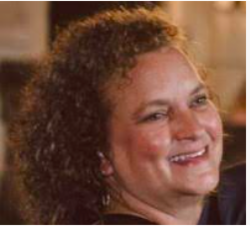
“Many foster children have experienced emotional and physical neglect, abuse, and/or sexual abuse. Most children in foster care have seen a lot of disruption, having been removed from their families and, if not placed with relatives, placed with a family or families they do not know,” she adds.
“There is intense loss of relationships, familiar surroundings, and often a school setting in which they at least had some routines,” says Read. With former social-emotional learning coach Kelly Purcell, she helps lead the initiative by working with six communities whose leadership includes a resilience initiative based on the science of positive and adverse childhood experiences — PACEs science.
Naimah Dye, Medicaid strategy growth and engagement director for Healthy Blue, says the organization is eager to see the outcomes of offering this support to the more than 2,000 children in these six counties. She is also glad to see that caseworkers and parents will be provided tools to build their own resilience to avoid being overwhelmed.
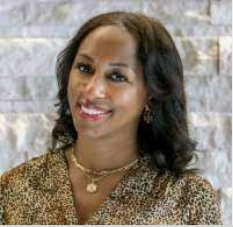 “The reason we looked to PACEs Connection for help in doing this is because they had the relationships with the different sectors in the communities—education, healthcare, child and family services, communities of faith, recreation, law enforcement, the arts, mental health—to bring a coordinated effort to the mission,” says Dye.
“The reason we looked to PACEs Connection for help in doing this is because they had the relationships with the different sectors in the communities—education, healthcare, child and family services, communities of faith, recreation, law enforcement, the arts, mental health—to bring a coordinated effort to the mission,” says Dye.
“PACEs Connection communities who are affiliates of the organization’s Cooperative of Communities have measurement tools that will help us see how the project is working,” she continues. “We won’t know overnight, and we know that; but over the course of the year we will be using PACEs Connection’s tools and their analysis to measure the communities’ progress. This ability to measure how many organizations are involved, the depth of their involvement, and ultimately how different sectors of the population are doing—in this case foster children—will help us get an idea of how effective the work is,” she says.
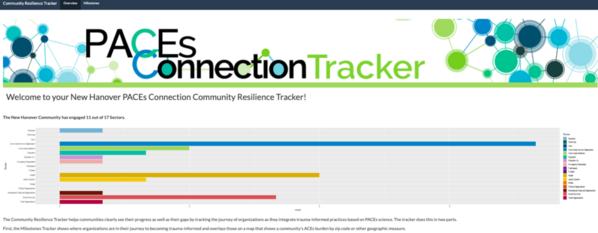
The Community Resiliency Tracker shows how many organizations have "signed on" to the work, what sectors they're in, and, in another graph, how far along they are on the path to becoming trauma-informed.
The Community Resiliency Tracker map also hows where organizations are, their names, how far along they are on the path to becoming trauma informed, and what sector the organization is in. This is a quick, transparent gap analysis of where to work next!
What would have the greatest impact?
When the project’s leaders met with Department of Social Services employees, educators, and some foster parents before the work started, they were enthusiastic. “We wanted to start by asking what was needed and what, in the opinion of people working with foster children and within the system, would have the greatest impact on reducing stress and improving the health and well being of everyone from the social workers to the parents to the children themselves,” says Read.
 One of the foster parents on the fact-finding calls was Kristy Blackwell, a family youth partner with Coastal Horizons. The mother of four teenage boys, three of whom are foster children, Blackwell talked about the importance of to giving caregivers and children resiliency skills. One of her older foster children also shared thoughts about what was needed by the children.
One of the foster parents on the fact-finding calls was Kristy Blackwell, a family youth partner with Coastal Horizons. The mother of four teenage boys, three of whom are foster children, Blackwell talked about the importance of to giving caregivers and children resiliency skills. One of her older foster children also shared thoughts about what was needed by the children.
The team listened to input from all corners and decided sharing resiliency skills with caregivers, and then families and children, made sense, so caregivers could use the skills to help care for themselves, and share the skills in their work with the families.
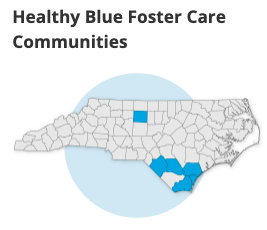 The North Carolina communities involved are Resilient Bladen County, Resilient Brunswick County, the New Hanover Resiliency Task Force, Resilient Guilford County, the Pender County Resiliency Task Force and Robeson Overcoming Adversity through Resilience (R.O.A.R.) for Robeson County.
The North Carolina communities involved are Resilient Bladen County, Resilient Brunswick County, the New Hanover Resiliency Task Force, Resilient Guilford County, the Pender County Resiliency Task Force and Robeson Overcoming Adversity through Resilience (R.O.A.R.) for Robeson County.
“Resilient Guilford joined with the eastern counties in the project that involves ‘a lot of ‘dovetailing’—building on existing opportunities for connection—and community building to strengthen relationships among children, families and caregivers. In all six counties the work centers on providing proven tools for lowering stress, building resilience, and in bringing some positive childhood experiences to the children and their families,” says Read.
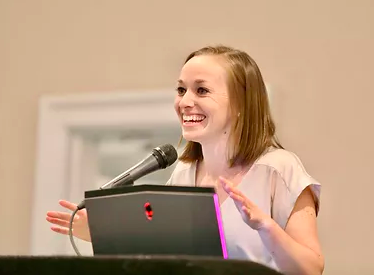 Tying the six communities together and supporting their growth is Purcell, a former instructional coach with an emphasis on social emotional learning for the New Hanover County School System. A nationally-recognized trainer in the Community Resilience Model (CRM), Purcell has coordinated with the communities and caregivers to deliver CRM trainings. She is also working toward creating culturally appropriate, community-led positive childhood experiences to buffer the impact of ACEs.
Tying the six communities together and supporting their growth is Purcell, a former instructional coach with an emphasis on social emotional learning for the New Hanover County School System. A nationally-recognized trainer in the Community Resilience Model (CRM), Purcell has coordinated with the communities and caregivers to deliver CRM trainings. She is also working toward creating culturally appropriate, community-led positive childhood experiences to buffer the impact of ACEs.
Purcell has attended most of the resiliency task force meetings in all six counties for the last eight months and says, “At the same time we are helping to strengthen children, families, and caregivers, we’ve been strengthening the overall community, so everyone from teachers and physicians to Sunday school leaders and coaches has heard about the project and can support it by using the same information about PACEs science and resilience tools.
“Emphasizing PACEs science education creates a shared mental model among the families, caregivers and community members, adding another level of support and resilience. Helping them learn about PACEs science reinforces why they want to do the work. The PACEs science presentation shows that the best way to have an impact is to keep going back to the science, the fact that adverse experiences affect health outcomes; positive experiences can be buffers, we can all play a role in supporting children and families” she says.
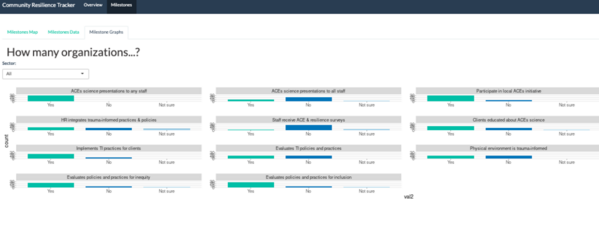 The PACEs Connection Community Resiliency Tracker helps initiatives and member organizations gauge progress on the path to becoming "trauma informed", which includes having staff members learn about PACEs science.
The PACEs Connection Community Resiliency Tracker helps initiatives and member organizations gauge progress on the path to becoming "trauma informed", which includes having staff members learn about PACEs science.
Creating Resilient Communities
Purcell has also made sure to share the free PACES Connection "Creating Resilient Communities" training information with initiative members at the meetings, in hopes of more and more community members learning the importance of following the PACEs Connection model of educating, aggregating (tracking), engaging, activating, and then celebrating the work to help the communities continue to grow.
"It's great to see the collaborative effort of the communities, how members continue to connect and invite others to be part of the local effort. To create the healthy, compassionate communities that will be more supportive of foster families, we need to keep the work going, and growing, so people are hearing these messages at home, at work, in their faith communities, at their doctor's office. That's how we build sustainability" said Purcell.
The Healthy Blue Initiative website as a "real-time report"
Purcell and Read have also used one of the most important tools available to the PACEs Connection communities—the free sites on PACEs Connection. They created and maintain a site for the Healthy Blue Initiative Foster Care Initiative, NC, which they’ve used to track, in near real-time, the presentations, projects, and progress of the entire initiative. Added to this, community managers from the communities have taken advantage of their memberships in the PACEs Connection Cooperative of Communities to attend the monthly meetings of Coop affiliates, as well as training sessions that are free to Coop members.
Read is quick to compliment Purcell on her strategy and the way she’s done the work.
“Kelly is the perfect person to be working with children and leaders for this project,” says Read. “This includes the guardian ad litem volunteers she’s trained, North Carolina Department of Social Services leaders, and the children in a school where there are many children involved in the foster care system. She knows how important it is to help the community at large understand the impact of toxic childhood stress, and the healing potential of positive childhood experiences. She is a motivator, communicator and a connector, with the infectious enthusiasm to match her education, experience, training, and skills.”
Part of Purcell’s responsibility has been to work with the different sectors in each community to find opportunities to connect with children and families in foster care. Once connecting points are identified, Purcell provides trainings and organizes events, such a three-county virtual viewing of the documentary “Resilience: The Biology of Stress & The Science of Hope”’ followed by a panel discussion.
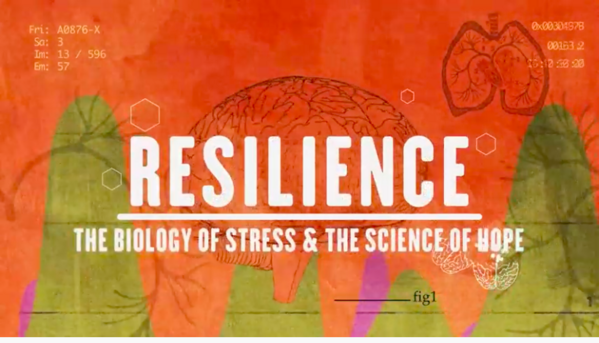 “Some of the trainings have been in person,” notes Purcell. “Others, depending on the state of the pandemic and availability, have been and will continue to be online. We continue to look at bringing caseworkers, parents, and children together when and where appropriate to include positive childhood experiences. We’re exploring offerings that will involve arts and an outdoor activity.”
“Some of the trainings have been in person,” notes Purcell. “Others, depending on the state of the pandemic and availability, have been and will continue to be online. We continue to look at bringing caseworkers, parents, and children together when and where appropriate to include positive childhood experiences. We’re exploring offerings that will involve arts and an outdoor activity.”
Presentations data goes into an easily-updated presentations tracker.
"Building resiliency skills is a godsend"
Blackwell, the foster mother of teenager boys who also works with youth in foster care, had learned resiliency skills before the Healthy Blue Initiative started, and that was one of the reasons, during the planning phase of the program, she was so vocal about centering the work around sharing the skills.
"Building resiliency skills has been a godsend. Building resiliency skills in myself as a parent was especially helpful when we had a house fire in April (2021). It was such a blessing for us to know to notice who was there to support us, to remember things wouldn’t be bad forever, and that we could take the time to breathe," she says.
“If more parents and caregivers had these skills, we would probably have more kids stay in their homes. That would reduce stress. The kids may need less medical attention because we’ve reduced the stress. My 15-year-old says it well. He talks about being in a foster home that wasn’t the greatest, and that maybe if they had all had some resiliency skills, it would have been a better fit,” she adds.
For more information about this program, contact Amy Read at aread@coastalhorizons.org; Kelly Purcell at resilientsenc@gmail.com
For more information about PACEs Connection, the Cooperative of Communities, and potential strategic alliances such as the Healthy Blue Initiative with PACEs Connection, contact Carey Sipp, PACEs Connection director of strategic partnerships, at csipp@pacesconnection.com


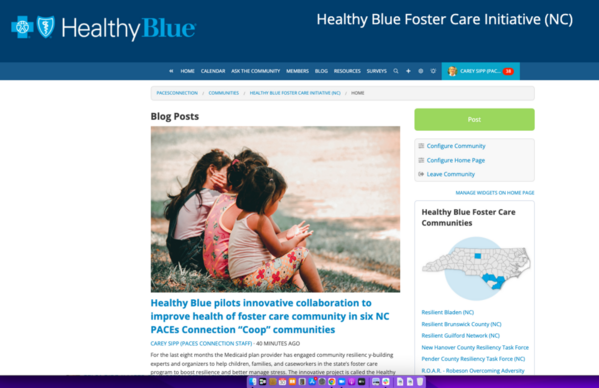
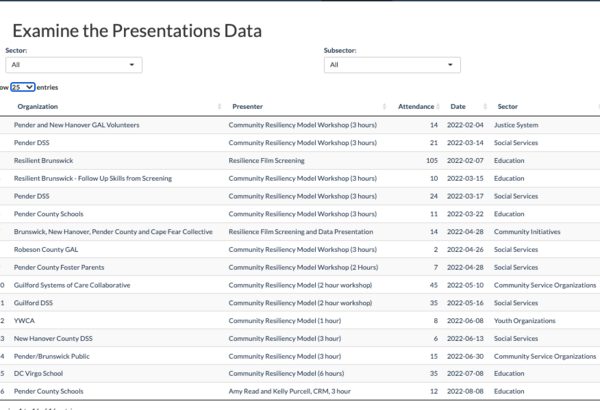




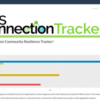
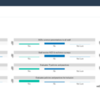
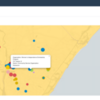

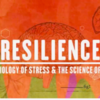
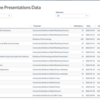
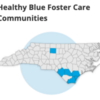
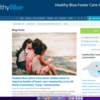
Comments (0)